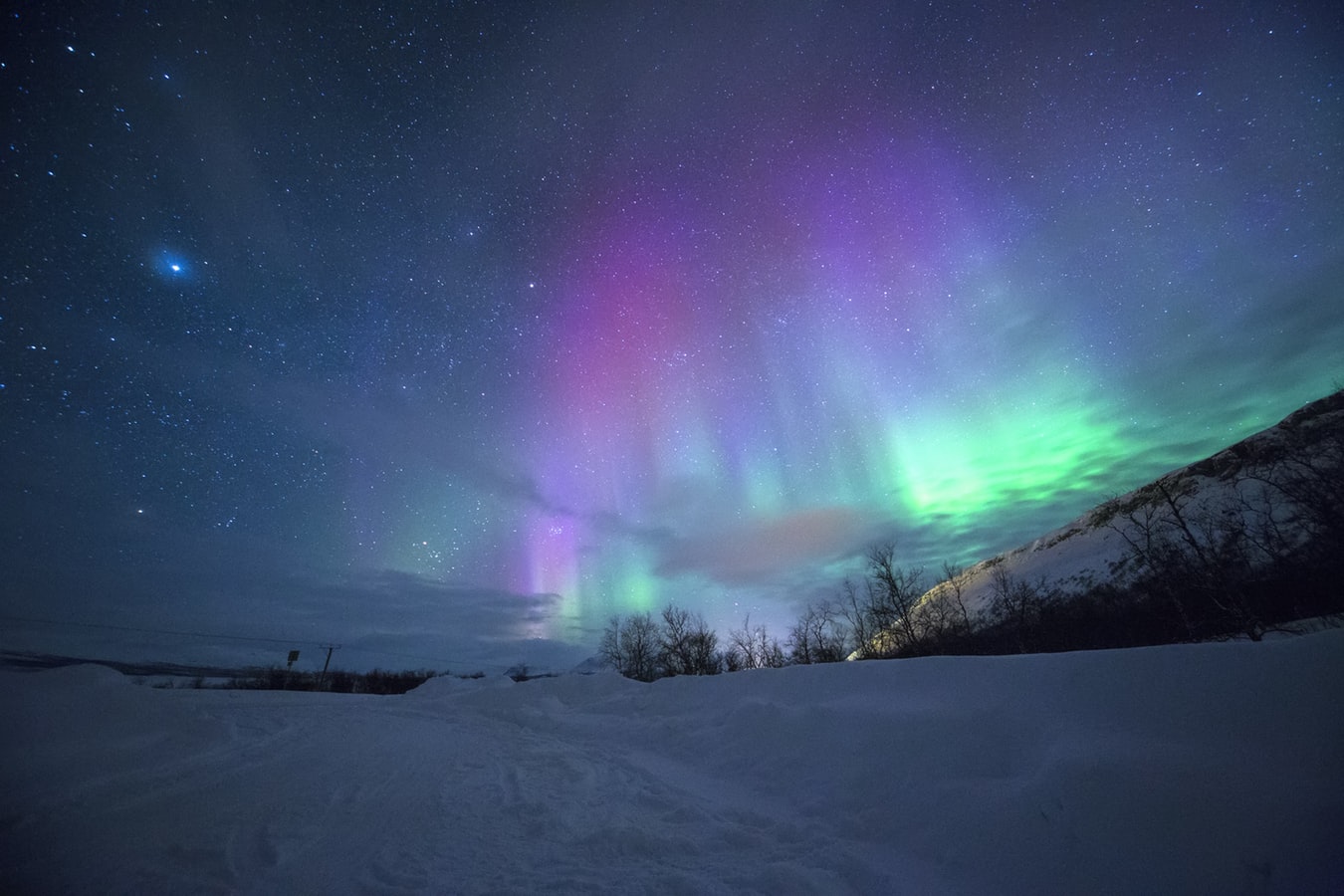Descripción/Description:
The doctoral fellowship programme INPhINIT ”la Caixa” is devoted to attracting talented Early-Stage Researchers of any nationality to pursue their PhD studies in the best Spanish and Portuguese research centres and units with excellence distinction.
Research Project / Research Group Description
This project has two main goals. First, to search for radio emission arising from starplanet
interaction in nearby stars with confirmed exoplanets. The detection of starplanet
radio emission would allow us to use it as an independent tracer for future
searches of habitable planets. The second main goal is to test star-planet interaction
scenarios via radio observations for a number of stars. We will focus on M stars, which
are the most abundant type of stars in our galaxy and, due to their low mass, are ideal
for searching Earth-type planets. We intend to exploit the fact that the magnetic
interaction between this type of stars with planets close enough can lead to radio
emission that can be detectable from Earth.
This project has a strong observational component, and the successful candidate will
become proficient in the use of radio interferometry techniques, including the
software needed to reduce the radio data, which the main workhorse of the project.
The candidate will work with radio interferometry data collected so far from state-ofthe-
art interferometers, including the the Jansky Very Large Array (JVLA), the Giant
Metre Wave Ratio Telescope (GMRT), the MeerKAT interferometer, the e-MERLIN, or
the international LOFAR telescope. The successful candidate will become part of the
CARMENES collaboration, and is expected to lead additional radio proposals from the
planets that will be discovered, searching for signals of radio emission from the most
promising targets to show star-planet interaction. The successful candidate will also
become familiar with the physics behind the radio emission from exoplanets, and from
star-planet interaction, as well as with magneto-hydrodynamic simulations to study
the potential habitability of exoplanets around host stars. The overall goal of this
project is to advance in our understanding of the origin of radio emission in
exoplanets, tying it to the physical properties of the exoplanets and their host stars.
Job position description
The tasks of the successful canditate will include the following ones:
- Understanding the physics behind the radio emission from exoplanets, and from starplanet
interaction, mainly the electron-cyclotron emission mechanism. To this end, the
candidate will become familiar with the existing literature.
- Becoming proficient in the data reduction and analysis of radio interferometric data,
using the CASA software. This will be done through the attendance to international
schools, such as the NRAO synthesis imaging school, or the ERIS school.
- Analyzing the best candidate planets to study their potential magnetic star-planet
interaction, and verifying the existence of adequate archival observations.
- Writing observing proposals, in collaboration with the team members and with our
international collaborators; preparing the schedules of the different radio
interferometers (VLA, GMRT, MeerKAT, LOFAR...)
- Analyzing the available data with existing techniques, or using other techniques that
could be developed during the PhD Thesis, using Python. Those will likely include
state-of-the art statistical tools, such as Gaussian Processes. To this end, the successful
candidate will attend the necessary Statistical Schools.
- Becoming proficient in the use of PLUTO, a freely-distribute 3D magnetohydrodynamic
code of general use in astrophysical fluid dynamics. We will allow us to
study in detail the impact of the space weather weather conditions in the exoplanet
magnetosphere, and therefore its potential habitability. We have collaborators that
are experts in the use of the PLUTO code.
